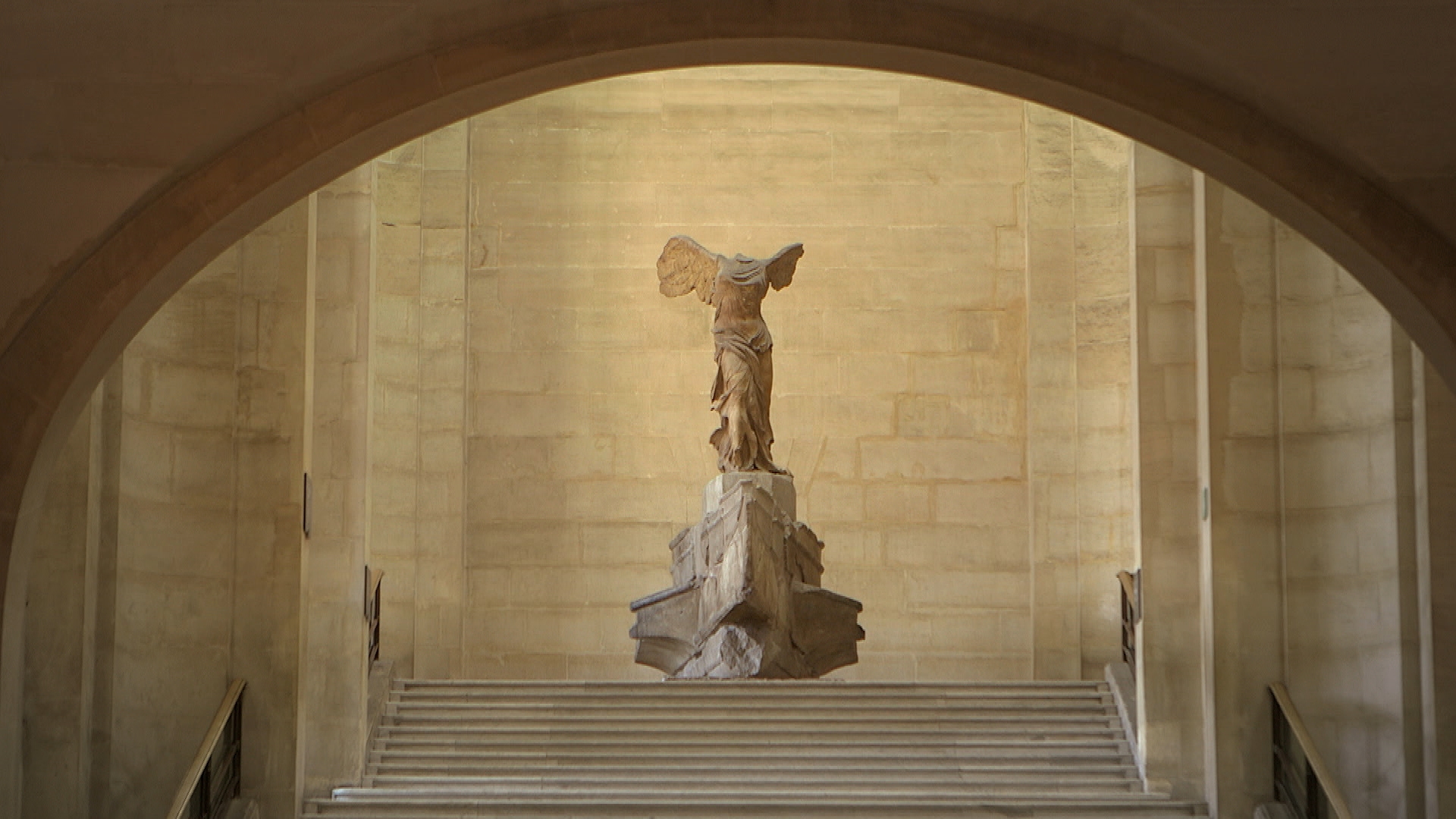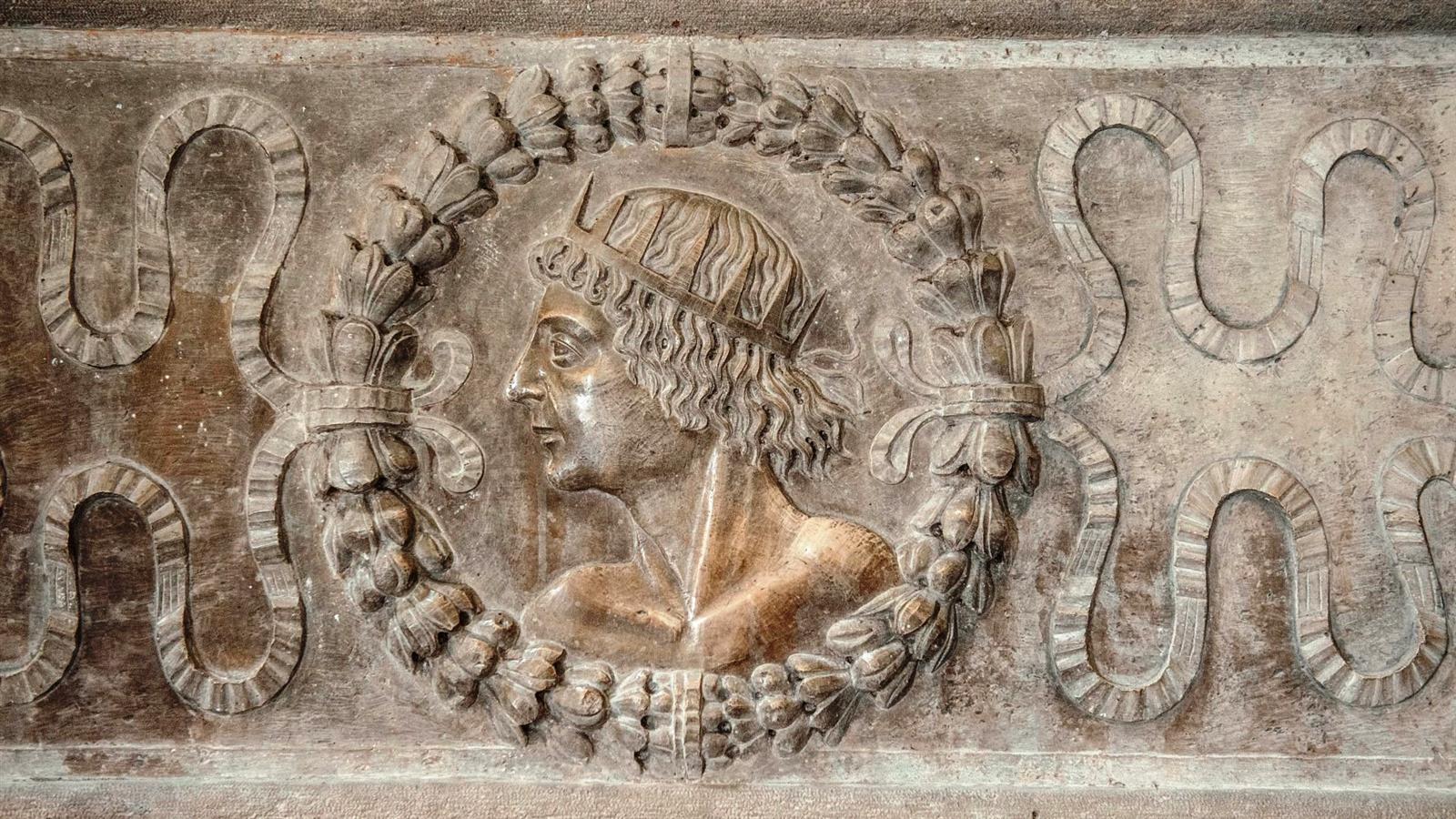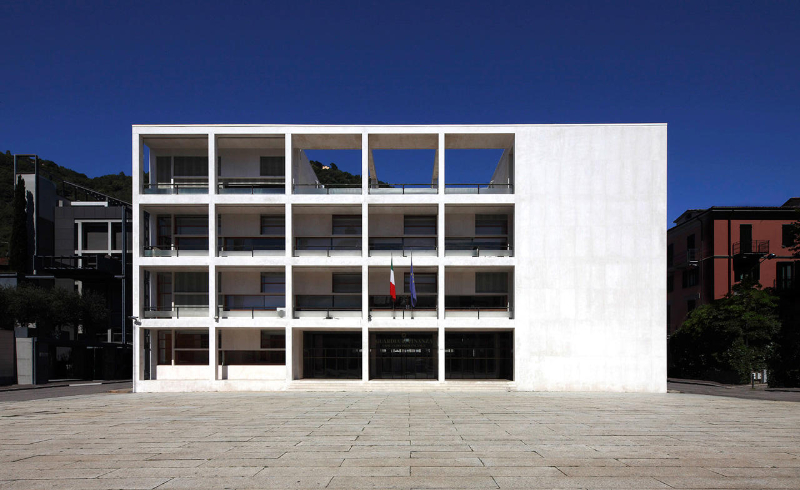Attributed to Pythocritus thanks to the discovery of his name on the base of the statue, the Nike of Samothrace is a 245 cm high sculpture in Parian marble of the Rhodian school, dating from 190 BC. Now on display at the Louvre Museum, it stands majestically at the top of the grand staircase designed by Hector Lefuel that links the Galerie d’Apollon and the Salon Carré, where it arrived after being found by Charles Champoiseau on the island of Samothrace from which it takes its name, in the Aegean Sea, in 1863. The work probably represented a commemorative offering in the sanctuary of the Great Gods, the Kabiris, after a naval victory of the cities of Rome, Rhodes and Pergamum against Syria.
The woman represented is the goddess Nike, daughter of the titan Pallas and the nymph Styx, the goddess, as her name suggests, is the personification of victory in war and in the world of sport.
The statue depicts the young winged goddess as she rests on the prow of a battleship. The figure is leaning forward as if shaken by an impetuous wind, on the breast the dress is very tight and, becoming almost transparent, you can see the body as if the fabric was wet. Observing the goddess it is visible how thanks to the outstretched wings her oblique body is balanced. They are rendered with a play of chiaroscuro and a precise alternation of the length of the feathers, emphasising the momentum of the figure and creating effects of vibrant luminosity.













